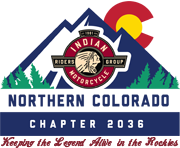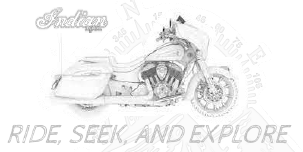
Northern Colorado IMRG Informer Newsletter (May 2023)
NORTHERN COLORADO IMRG UPCOMING EVENTS
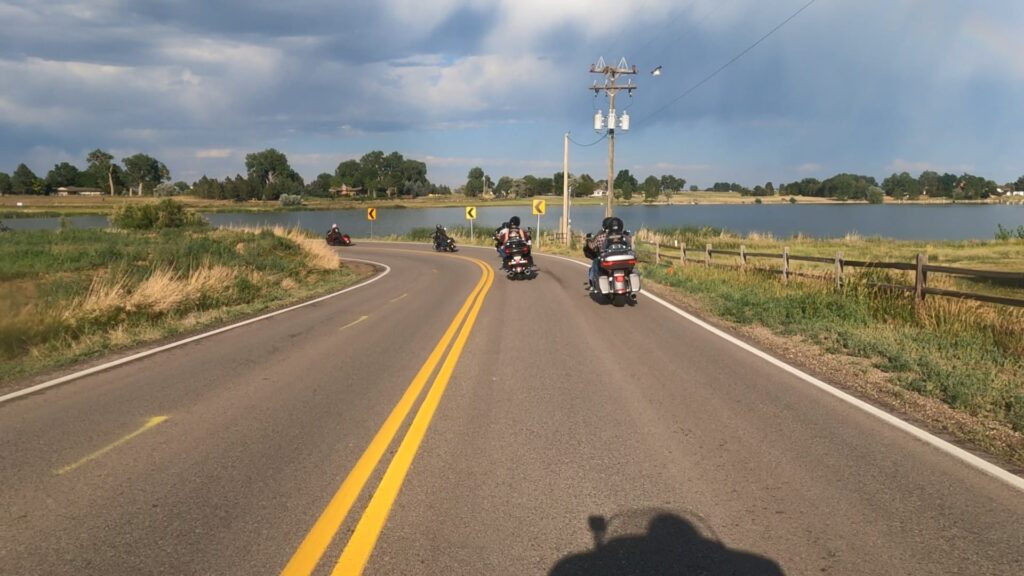
Thursday, May 18th—Dinner Ride. This will be a short evening ride to a dinner destination. Dan & Rambo will once again be leading the ride.
More details to come… (Dinner Ride).
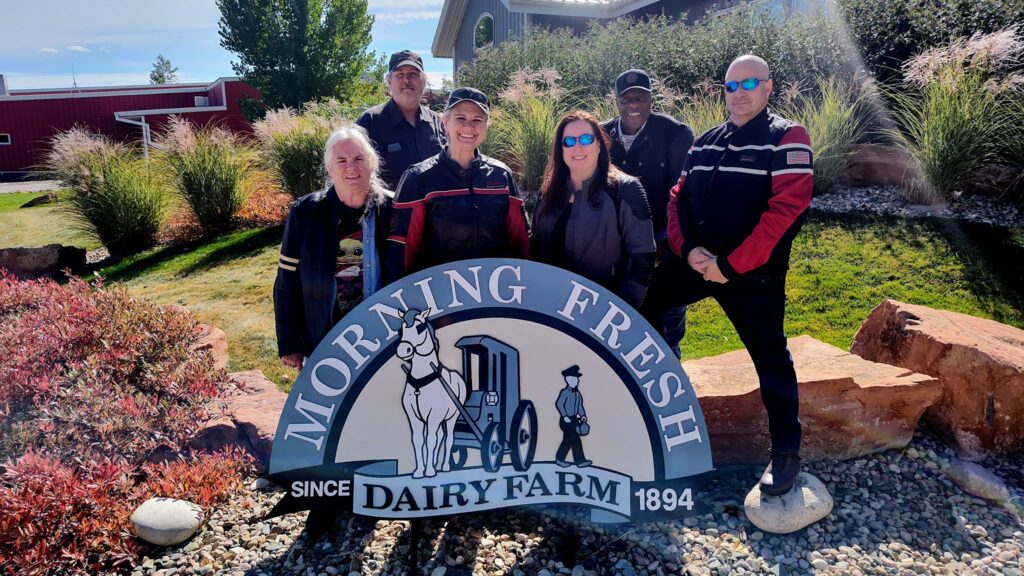
Saturday, May 20th–Chapter meeting & Howling Cow Café Ride. We’ll meet at the Dealership @ 9:30 a.m. After our Chapter meeting, we will take a short ride to the Howling Cow Café in Bellevue, CO. The café is a coffee shop with light fare located at the Morning Fresh Dairy Farm (well known for producing noosa yogurt).
We will take a private tour of the Farm, scheduled for 1:30 p.m. The tour will last up to an hour and a half. Our cost for the tour is $6 per person. We had to pre-pay to hold the spots, so we will collect your money at the meeting from those who will be taking the tour. We will also take lunch orders at the meeting so they can be placed at the Café prior to our arrival (per their request).
More details to come… (Howling Cow Café Ride).
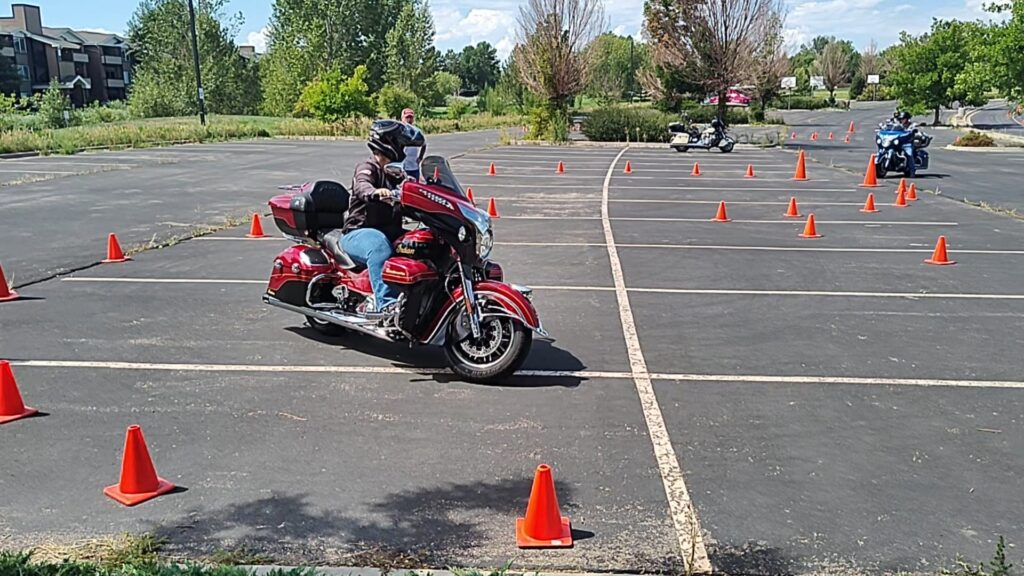
Saturday, June 3rd–Road Survival Skills Training. Paul Carroll will again host our rider skills training session for Chapter Members. These sessions are designed to build and enforce safety, emergency, and general riding skills for beginner to advanced riders. Topics include slow speed riding skills, parking skills, obstacle avoidance maneuvers, mental alertness while riding, and much more!
This training is well worth your time. It is open to all skill levels and is useful to riders on both two and three wheels. You may save your own life one day by something you learn!!!
More details to come… (Road Survival Skills Training).
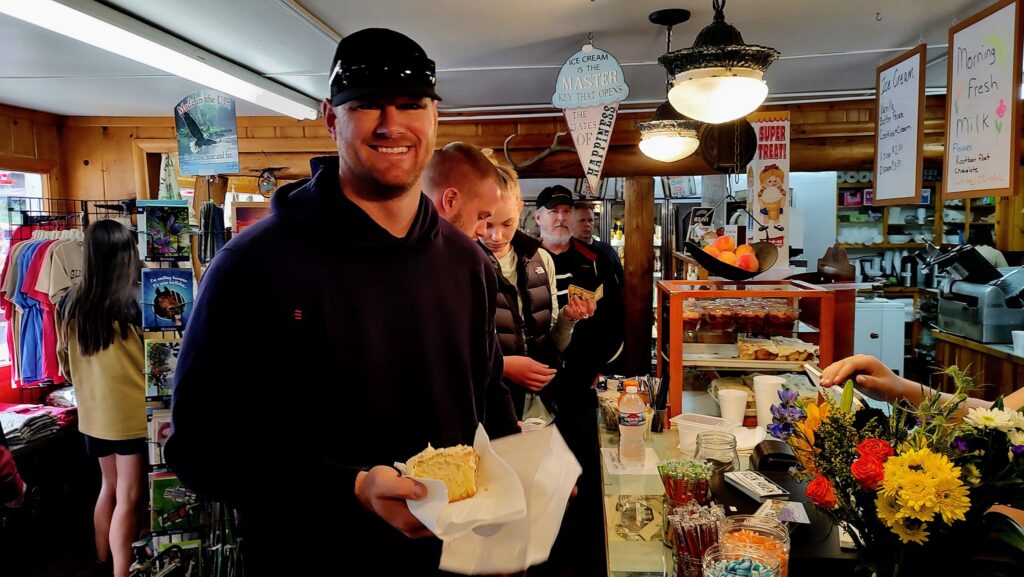
Sunday, June 4th–Cinnamon Roll Ride. An annual tradition! We will be riding Glen Haven, CO for those yummy Cinnamon Rolls–the best in Colorado! This group motorcycle ride never grows old, no matter how many times we do it. It’s always nice to ride along side of the many awesome Chapter members, and then hang out for a while in Glen Haven.
More details to come…. (Cinnamon Roll Ride).
DAYTONA BIKE WEEK
The 82nd Daytona Bike Week wrapped up in mid-March with crowds estimated to be as big as 400,000 people this year. People go to Daytona Bike Week for a variety of reasons. For motorcycle enthusiasts, it is a chance to showcase their motorcycles and view other custom or vintage motorcycles. The event includes a range of activities, and rallies making it a great way to meet fellow bikers and share experiences. Additionally, vendors sell various motorcycle related products, including parts, accessories, and clothing. Overall, Daytona Bike Week is a celebration of motorcycle culture and a chance to connect with others who share a passion for biking.
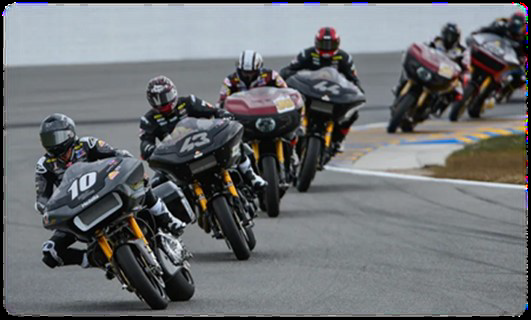
Daytona Bike Week also kicked off the motorcycle racing season at the Daytona International Speedway, and the opening of the King of the Baggers racing. With popularity of American motorcycle road racing dwindling, King of the Baggers has brought new life to the sport. King of the Baggers is essentially Harley vs Indian, Road Glide vs Challenger. It’s pretty crazy seeing these mostly stock heavy weight bikes whipping around the track at 170+ miles per hour. Because most Americans ride V-twins, watching professionals race what you ride has very strong appeal. Watch this clip of the Race 1 highlights of the King of the Baggers in Daytona, and see how unique and fun it is watching these bikes battle it out on the raceway.
LIFE SAVING HEMORRHAGE CONTROL
KNOWLEDGE IS POWERFUL. The Northern Colorado IMRG Chapter has had a few discussions at past meetings where questions were asked about tourniquet use. We stock tourniquets in our NoCo IMRG first aid kits which are carried by Road Officers when leading and sweeping rides. Many of us also carry them in our own first aid kit on our motorcycle. Having a tourniquet with you is one thing, but being prepared for how to use it can save time and possibly a life.
Watch this instructional video to learn how to properly apply a tourniquet. The video demonstrates both two-handed and single-handed versions. Tourniquets are no longer just a last resort. If you feel like the amount of blood coming out of the wound is substantial, then use it. The point of the tourniquet is to cut off blood flow before it leaks out of the wound, BUYING TIME. A tourniquet itself DOES NOT SOLVE THE PROBLEM, it just delays it.
SIGNS YOU ARE A MOTORCYCLIST
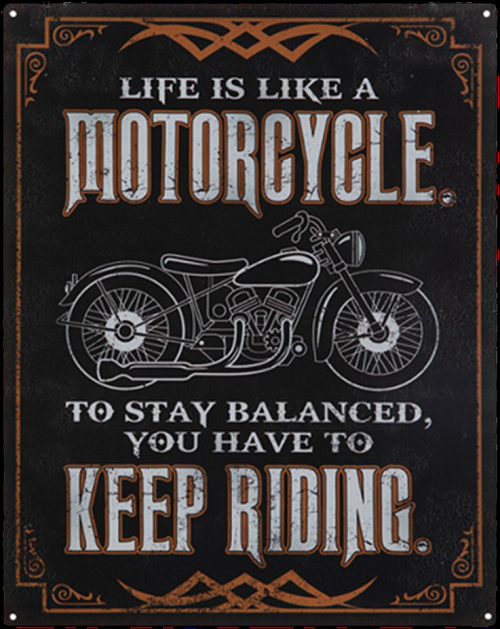
- You experience Parked Motorcycle Syndrome (PMS)
- You know exactly what gear you are in by the sound of your bike
- All your screens (phone, computer) have motorcycle themed wallpaper
- You own more motorcycle jackets than there are seasons or riding conditions
- You turn down a better paying job because it would shorten your commute on a motorcycle
- You know more about motorcycle history than world history
- You buy more motorcycle accessories in a month than you pay for your mortgage or rent
- You have a playlist dedicated to motorcycle riding
- You automatically wave to passing bikers…. When you’re in your car
- You’re disappointed when someone says they ride a “bike,” but they mean a bicycle
- Your closet is filled with nothing but motorcycle T-shirts
- You know what the word “cager” means
- You might be a biker if you can’t stop riding!
TIRE PRESSURE
A Safety Tip from Paul Carroll
Your motorcycle is one of the most NEGLECTED items in the risk mitigation process–yet any rider who ignores this vital point, out of complacency, laziness or some idea of being “so experienced” that they can lessen its impact is fooling him or herself. The Motorcycle Safety Foundation teaches us the acronym T-CLOCS in conducting the pre-ride inspection of the bike. The first “T” is for TIRES/WHEELS, the most important, in my opinion, of your pre-ride inspection.
CHECKING TIRE PRESSURE IS THE MOST IMPORTANT TIRE MAINTENANCE FUNCTION YOU CAN PERFORM.
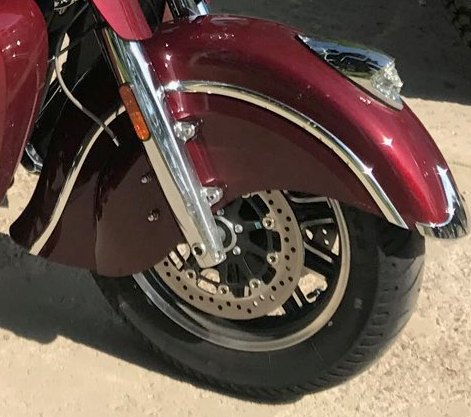
Checking your tire pressure is essential to ensuring safe handling and control of the motorcycle, yet this is one of the most ignored checks in the pre-ride inspection. Invest in a quality tire pressure gauge to ensure precise measurements. Remember tire pressure is checked on cold tires. Checking the pressure after the bike has been ridden a few miles will give you skewed readings.
Keep in mind that hard cornering, passengers, heavy loads and sustained high speeds will require higher pressures (up to the max pressure indicated on the side-wall). Never exceed maximum load indicated on tire sidewall or vehicle capacity load found in the owner’s manual, whichever is lower.
Under-inflated tires can result in imprecise cornering, higher running temperatures, irregular tread wear, fatigue cracking, over-stressing and eventual failure of the tire carcass, or loss of control, which could cause accident, injury or death. Over-inflating tires does not increase load-carrying capacity, but will result in a hard ride, accelerated tire wear and ultimately reduces the amount of the contact patch.
What is being illustrated here is that you MUST check your tire pressure on a regular basis (about once a week is reasonable during summer months and daily during the cold temperature months). It is very common for tires to leak air at a higher rate during cold days.
While you’re down there checking pressure, look at your tires and wheels for any signs of damage. Look at your tread-depth. This check only takes a few minutes and is one of the biggest risk mitigation measures you can perform as a rider.
Until next time, Ride Safe!

Tip: Paint a white dot or stripe on your tire where the valve stem is located so it can easily be seen without having to get down on the ground to see if you’ve rotated your bike in the right position to reach it. Even better-have someone watch your tire for the white dot/stripe as you roll your bike.
NEW INDIAN MOTORCYCLE MODEL: ULTRA-LIMITED CHALLENGER RR RACE BIKE
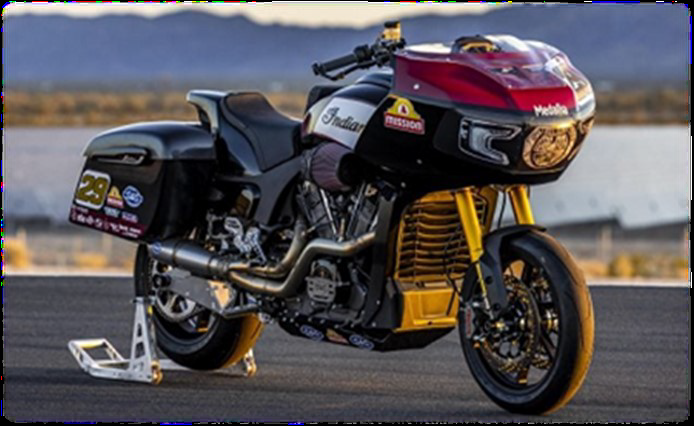
Indian Motorcycle is offering an ultra-exclusive opportunity to own an exact replica of a King of the Baggers race bike–a Challenger RR. This bike is an exact replica of the bike used by Tyler O’Hara in the King of the Baggers racing series. While it is not street legal, you could buy it and go race alongside the baggers if you’re so inclined.
Only twenty-nine (29) of these Challenger bagger racers will be produced (in honor of Tyler’s MotoAmerica assigned competition number). The cost of one of these racing machines? And.. It can be yours for only $92,229 dollars!
MAY IS MOTORCYCLE AWARENESS MONTH
Motorcycle Awareness Month is observed in May and was first instituted by the American Motorcycle Association in the early 1980’s. Come spring and summer, the motorcycle riding season begins in full force. May is the perfect month to remind drivers and motorcyclists to take extra care.

The campaign urges motorists to be aware of motorcycles out on the road. Motorists are encouraged to double check their mirrors and blind spots before changing lanes, maintain a safe distance when following motorcycles and pay particular attention when making left turns across traffic.
Motorcyclists must, of course, also practice safe riding habits. To help stay safe while on the road, motorcyclists can practice safety measures such as doing pre-ride inspections of their bike, wear a helmet, add extra lighting for visibility, practice maneuvers, take a motorcycle skills class, don’t ride impaired, and always ride defensively. Assume that another vehicle driver cannot see you. Avoid riding in the blind spots of other vehicles on the road or highway.
SAFE MOTORCYCLE GROUP RIDING
Riding your motorcycle is an enjoyable escape from this zany world. Riding with good friends certainly enhances this experience with shared blissful encounters along the way, and adds to each rider’s safety through mutual support in the event of mechanical trouble, naviga-tion issues and accident response. There’s nothing like sharing in the camaraderie with one another after a safe, fun day’s ride.
We know motorcycle riding is more precarious than driving a car. We counteract this by being hyper vigilant and riding like we are in stealth mode. We ride sober, obey traffic rules (mostly), and wear protective gear. These practices serve us well when riding solo, but what about riding in a group?
A standard agreement for all group riders:
- Do not hit the rider in front of you
- Be alert of what is ahead of you, and stay in control of your motorcycle
- Predict road hazards, and take cautionary measures
- Stay in proper riding formation
- Staggered formation on straight roads, and staying one second behind the rider staggered in front of you, and two seconds behind the rider directly in front of you
- When going through cities/towns, keep the formation tight and minimize gaps to provide a better chance of everyone making it through traffic lights and not leaving riders behind
- Single file on curvy mountainous roads, and staying two seconds behind the rider in front of you
- Do not change lanes until the leader has changed lanes (i.e. doing so will block the leader’s line of sight to the sweep, which could result in an unsafe lane change)
- Stay aware of what is going on in front and back of you
- Always be on the lookout for potential threats ahead of you to give you more time to react, and so you don’t miss hand signals
- Watch your rear view mirrors to stay aware of what is behind you, so you aren’t startled by passing vehicles, or so you know to move out of the way of an oncoming reckless driver
- Pass back road warnings and hand signals
- Don’t assume the riders behind you see the obstacle ahead or have already saw the signal from the other riders in front – do your part and pass the signal back
- When riding in larger groups, pass the signal back when you get slightly closer to the obstacle; otherwise, the riders in the back of the pack won’t be able to gauge where the obstacle is actually located, or may inadvertently dismiss the warning because they haven’t encountered it for a while
- Ride within your own ability
- Don’t ride at a pace you are not comfortable with while trying to keep up with faster riders ahead of you
- Know you will not be left behind
- The Lead will slow or pull over to allow the rest of the pack to catch up when needed
- Be predictable
- Try to hold your line while in formation
- If you do something unexpected, you could cause a chain reaction
- Use signals to alert other riders of your movements
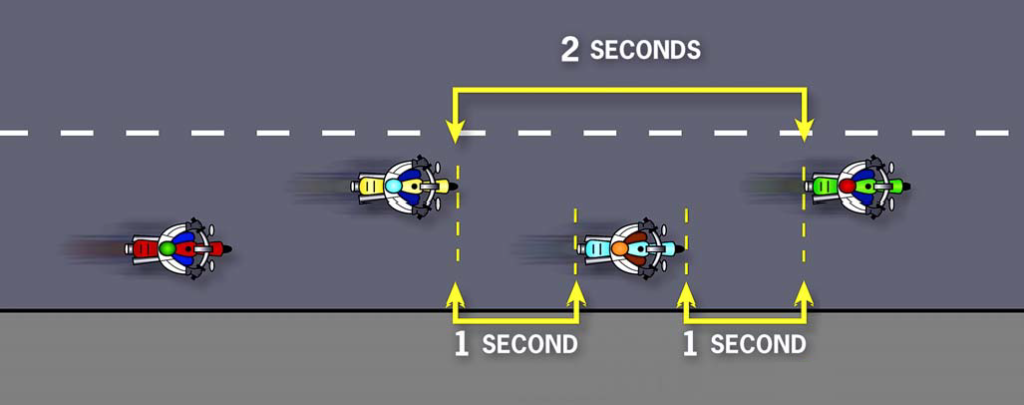
POLARIS ON-ROAD VEHICLE SAFETY RECALL CHECK
Polaris on-road owners may not always know their recalled vehicle still needs to be repaired. Polaris’ search tool lets you enter a Vehicle Identification Number (VIN) to quickly learn if a specific on-road vehicle is part of a safety recall.
https://www.polaris.com/en-us/on-road-recalls/
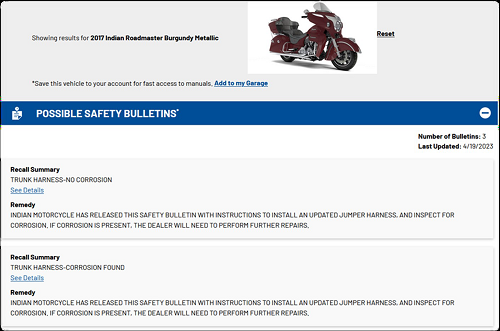
RIDE TO BEECHER ISLAND BATTLEFIELD
We set out early in the morning from the Indian Motorcycle of Fort Collins on a beautiful last day of April. The sun was shining, the sky was blue, and there was a gentle breeze blowing with only a slight chill in the air. We were excited to be on our way to visit Beecher Island Battlefield, just south of Wray and about 225 miles away.
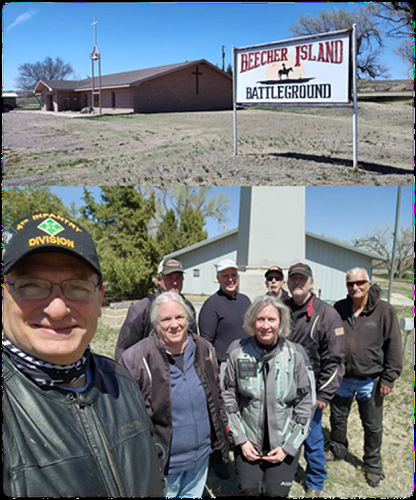
Jim and Michelle had travelled to Wray (and beyond for an overnighter) the day before and warned of a bridge closure along our planned route. So we adjusted our ride route to head further south and then east to avoid the closure. The eastern Colo-rado ride to Beecher Island was mostly flat with a few gentle hills here-and-there. We passed through rolling grasslands, dotted with occasional trees and shrubs.
After about four hours of riding, we arrived just south of Wray at the Beecher Island Battlefield. The battlefield is a National Historic Landmark. It was the site of a bloody battle between the United States Army and a group of Cheyenne and Arapaho warriors in 1868.
After we finished exploring the battlefield, we headed to Wray where we stopped for a late lunch at Subway. We were a bit tired, but we very much enjoyed how the day was going. We saw some beautiful scenery, got a little history lesson, and had a great time riding our bikes. After lunch, we started our 180 mile journey home by way of High-way 14, passing through Sterling.
This was an epic flat lander ride to Wray and back to visit the Beecher Island battle-field. It was a scenic ride through the eastern plains (and we saw a lot of it), and it was a very peaceful ride. Yes, the day was pretty long to say the least, but it was really nice to get out and do some serious riding in decent weather after a late start in the riding year. It was definitely a different ride than we’ve done before.
